Sumo has had a rough couple of years. As many readers of J-Select will be aware, mid-2007, saw the sport come under the media and even governmental spotlight cast by investigations into the (now proven) hazing death of a young rikishi in Tokitsukaze Beya.
Later that same year, yokozuna grand champion Asashoryu of Mongolia had something of a mental implosion having been banned from the sport for two tournaments for playing football in the land of his birth after skipping a domestic tour due to a supposed injury.
He subsequently vanished off to the steppe for a few months prior to a return shown live on national television; his entourage followed into Tokyo by numerous press helicopters with hundreds of media hawks from around the world gathered at the Kokugikan Sumo Stadium to see just how sincerely he would apologise for his actions.
Asashoryu’s problems along behavioural lines continued for much of 2008 and into this year with conservatives and some in the anti-Asa ranks criticizing his every move. Each time he appeared in non-formal dress he was disrespecting the sport, the culture even. Should he speak out of line to the writers that constantly hounded him it would (and still does) make headlines in the Japanese press, yet, should he opt to ignore the media then at times the headlines can be bigger still!
Atop the sumo rankings on the other side of the banzuke sits another Mongolian yokozuna in the shape of Hakuho Sho. Arguably a better fighter than Asashoryu at the same point in the older man’s own career, Hakuho is currently something of a media darling having married a Japanese woman with talk emerging of his considering taking Japanese nationality in the long-run so he can stay in the sport as an elder once his days on the dohyo are up; only those holding a Japanese passport can serve as sumo stable masters.
Away from the top ranked fighters though, sumo remains dominated by non-Japanese. A Bulgarian (the 204cm Kotooshu) and another Mongolian (Harumafuji) occupy two of five ozeki ranks just beneath the yokozuna pair and are likely to be around for a good few more years yet. Their trio of Japanese ozeki brethren on theother-hand ( Kaio, Chiyotaikai and Kotomitsuki) are now a standard turn-to in discussions on Japan’s quasi-national sport* with that ‘turn-to’ centering on just when they will retire.
At a rank in which the fighters are supposed to challenge the yokozuna for titles, only Kotooshu and Harumafuji have lifted an Emperor’s Cup top division trophy of late – none of their domestic fellow ozeki having won anything for at least five years. Indeed, the last trophy won by any Japanese was claimed by former ozeki – now retired – Tochiazuma in early 2006.
It is likely, in the short term at least, that Eastern-Europeans will for now make more of the headlines away from the yokozuna and ozeki ranks – but hopefully not linked to the drug possession allegations surrounding three former Russian battlers and one Japanese in 2008.
Baruto (Estonia), Tochinoshin (Georgia) and even Aran (Russia) are just a few techniques and a smidgen of stamina away from making a push for the top. All have the perhaps stereotypical brute strength of their geographical birth place and are now just lacking the ingrained know-how that will enable them to win fights when on the back foot or up against a technically more aware foe.
The time is theirs – yet in a sport that seems to change so slowly, at least at first glance – it remains to be seen how far each man is capable of going.
For now sumo is focused on a time of passing, albeit at what can at times appear to be marked in geological time-frames, with that ‘passing’ being centered on the downside and eventual demise of Asashoryu and the battered old Japanese ozeki mentioned above. When Asa does finally call it a day, a large slice of the ‘in it ‘cos there is a foreign guy at the top’ non-Japanese interest in sumo will fade.
Whether a new hero – domestic born or otherwise – comes out of that eventuality remains to be seen, just don’t expect results overnight for this is sumo after all.
*Note: Contrary to public opinion, and claims made in the English language coverage of the sport at times, sumo is not officially recognised as a national sport and never has been – although it is commonly referred to as such.
Story by Mark Buckton
From J SELECT Magazine, October 2009





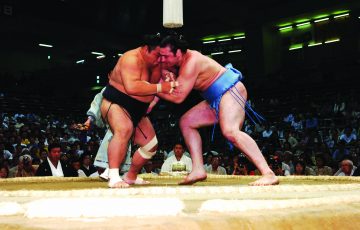
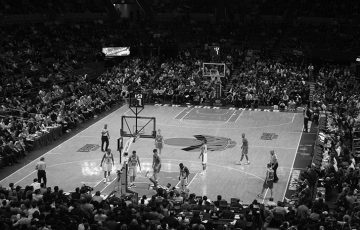
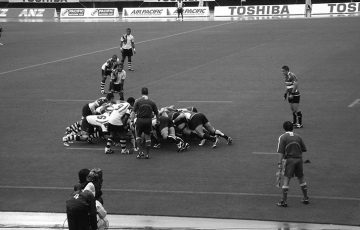
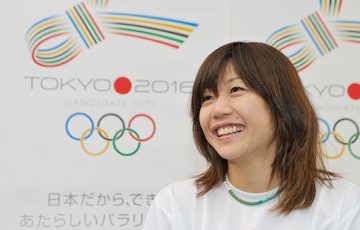
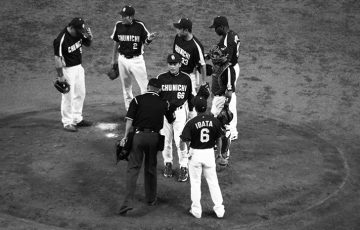


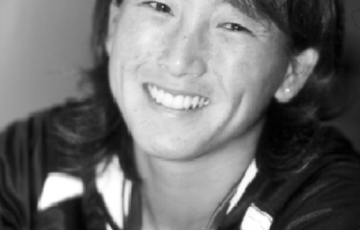


Recent Comments